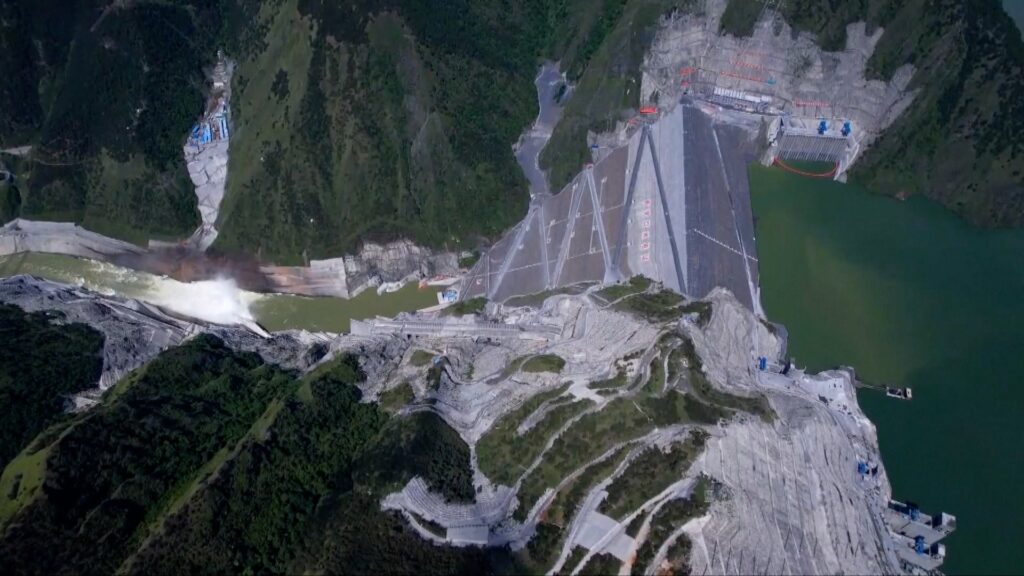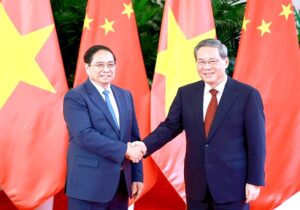China set to open world’s largest hybrid energy plant in 2023

China set to open world's largest hybrid energy plant in 2023.
Beijing, The Gulf Observer: China is upgrading a major hydro power plant as part of the world’s largest hybrid energy project, generating electricity from hydro and photovoltaic powers.
Kela Solar Power Station will be built in southwest China’s Sichuan Province, close to Lianghekou Hydropower Station, located on the Yalong River, with generating capacity of 1 million kW. The solar panels will be installed on the mountains at an altitude of up to 4,600 meters, with extra 1 million kW in capacity. The project is expected to operate for 1,735 hours in a year with an average annual power capacity of 2 billion kilowatt-hours when completed in 2023.
China is ushering in clean energy practices as it aims to peak carbon emissions in 2030 and achieve carbon neutrality before 2060.
Kela Station will help cut carbon dioxide emissions by over 1.6 million tonnes, an equivalent of burning 600,000 tonnes of coal, according to Qi Ningchun, chairman of the Yalong River Hydropower Development Co. Ltd., operator of the project.
Kela Station will be a complementary power source for the hydropower station as the two plants’ outputs change distinctively throughout the year.
Flowing in Sichuan Province, the Yalong River is a major tributary of the Yangtze River orientated from the Qinghai-Tibetan Plateau. But the water flow is significantly strained in winter. The hydropower station generates the most power in summer, while the best-performing season for solar plants like Kela is in autumn and spring.
A problem for photovoltaic plants is that the output fluctuates through the day. Performance peaks at noon with full sunlight but no power is produced at night. Such swings in supply could affect the stability of grid operation. By combining the use of two types of power sources into one station, the grid will not only receive an increasing amount of electricity, but also a much stabler supply of power.
Kela Photovoltaic Station will send electricity to the hydropower station, which connects to the national grid, so the two components can help to ease the daily and seasonal changes of unstable power output.


